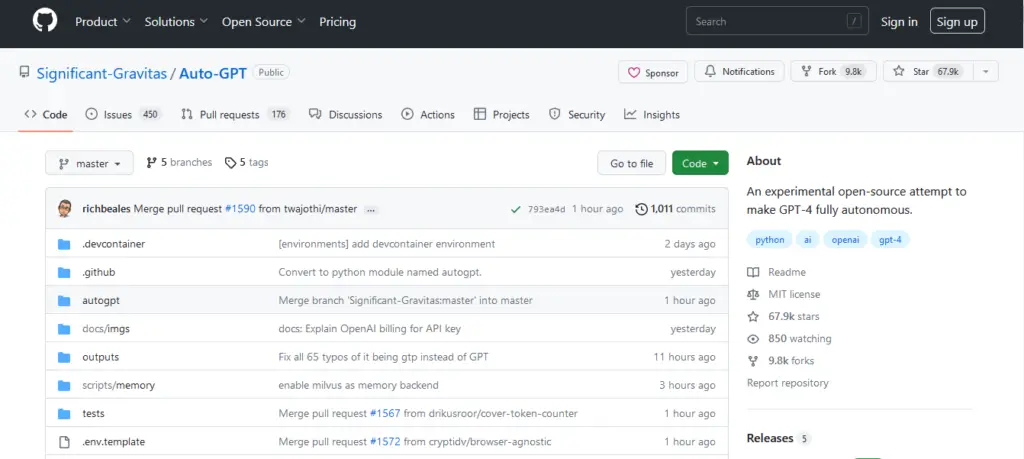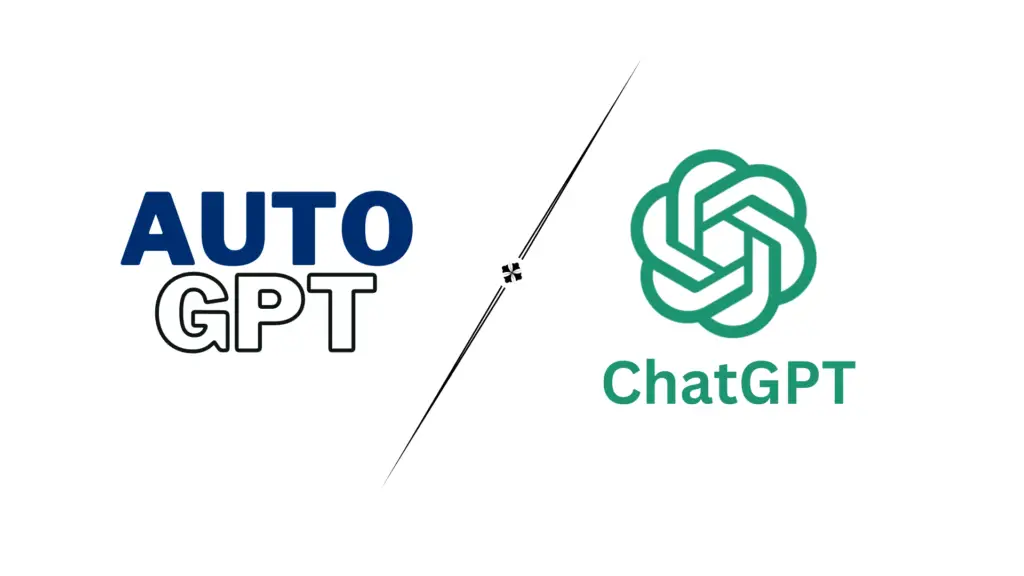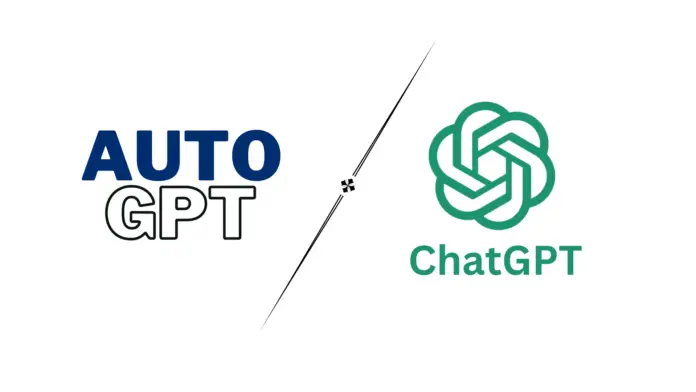AutoGPT is an advanced language model that has the potential to revolutionize the way we generate text. It is a state-of-the-art, pre-trained model based on transformer architecture, which has been trained on a massive amount of text data to generate high-quality text with minimal input.
In this article, ilovephd will explore the capabilities of AutoGPT and its potential to transform various industries.
What is AutoGPT?
AutoGPT is an extension of the GPT (Generative Pre-trained Transformer) language model. It is an unsupervised learning model that uses machine learning algorithms to generate high-quality text based on a given input prompt. AutoGPT has been trained on a massive corpus of text data, including books, articles, and websites, to learn the patterns and structures of language.
What is ChatGPT?

ChatGPT is an AI language model, it can generate text based on the input provided by the user. However, It should be used as a tool to assist in the writing process rather than being relied on entirely to write a scientific research paper.
Writing a scientific research paper requires not only knowledge of the subject matter but also critical thinking, analysis, and interpretation of data. Therefore, it is essential to use ChatGPT in conjunction with your own expertise and knowledge.
Read More: How to Use ChatGpt to Write a Scientific Research Paper?
Applications of AutoGPT

AutoGPT has a wide range of applications in various industries, including marketing, customer service, content creation, and research. Let’s explore some of its applications in detail.
- Content Creation: AutoGPT can be used to automate the process of content creation. It can generate high-quality articles, blogs, and other written content based on a given input prompt. This can save time and resources for content creators and enable them to produce more content in less time.
- Customer Service: AutoGPT can be used to create chatbots that can provide customer service to users. These chatbots can understand and respond to user queries in a natural language, making the customer service experience more efficient and personalized.
- Marketing: AutoGPT can be used to generate product descriptions, advertisements, and other marketing content. It can help businesses to create more compelling and persuasive marketing messages that resonate with their target audience.
- Research: AutoGPT can be used to generate summaries of research articles and papers. It can save time and resources for researchers by providing a quick and easy way to summarize the key findings of a research study.
Difference between AutoGPT and ChatGPT

AutoGPT and ChatGPT are both advanced language models based on the GPT architecture, but they are designed for different purposes.
AutoGPT is primarily focused on automating the process of generating text, including tasks such as text completion, summarization, and content creation. It is trained on a massive corpus of text data to learn the patterns and structures of language, enabling it to generate high-quality text based on a given input prompt.
On the other hand, ChatGPT is designed specifically for conversational AI and natural language processing tasks, including chatbots and virtual assistants. It is trained on a corpus of text data that includes human conversation and is optimized for generating responses to user input in a natural language.
While both models share some similarities in their underlying architecture and training methods, they have different strengths and applications. AutoGPT is better suited for generating written content, while ChatGPT is designed for generating responses in a conversational context.
10 Differences between AutoGPT and ChatGPT
- Purpose: AutoGPT is primarily focused on automating the process of generating text, while ChatGPT is designed specifically for conversational AI and natural language processing tasks.
- Training data: AutoGPT is trained on a massive corpus of text data to learn the patterns and structures of language, while ChatGPT is trained on a corpus of text data that includes human conversation.
- Input prompts: AutoGPT generates text based on a given input prompt, while ChatGPT generates responses to user input in a conversational context.
- Text completion: AutoGPT can complete sentences and paragraphs based on a given input prompt, while ChatGPT is optimized for generating conversational responses.
- Summarization: AutoGPT can summarize text based on a given input prompt, while ChatGPT is not designed for this task.
- Content creation: AutoGPT can generate articles, blogs, and other written content based on a given input prompt, while ChatGPT is not designed for content creation.
- Customer service: ChatGPT can be used to create chatbots that provide customer service to users, while AutoGPT is not designed for this task.
- Virtual assistants: ChatGPT can be used to create virtual assistants that can understand and respond to user queries in a natural language, while AutoGPT is not designed for this task.
- Optimization for natural language processing: ChatGPT is optimized for natural language processing tasks, while AutoGPT is not designed specifically for this purpose.
- Human-like responses: ChatGPT is optimized for generating responses that are similar to those of a human, while AutoGPT is focused on generating high-quality text based on a given input prompt.
Benefits of AutoGPT
AutoGPT offers several benefits over traditional methods of text generation. It can generate high-quality text with minimal input, making it more efficient and cost-effective than human-generated text.
It can also generate text in multiple languages, enabling businesses to reach a global audience. Furthermore, AutoGPT can improve the accuracy and relevance of generated text by learning from the context and structure of the input prompt.
Summary
AutoGPT is a powerful tool that has the potential to revolutionize the way we generate text.
Its applications in content creation, customer service, marketing, and research are numerous, and its benefits over traditional methods of text generation are significant.
As technology continues to evolve, AutoGPT is likely to become even more advanced and sophisticated, enabling businesses and individuals to generate high-quality text in a more efficient and cost-effective manner.
Also, Read:
What is GPTzero? How it Detects ChatGPT-Generated Research Articles?
Detecting ChatGPT-Generated Research Articles: The Power of AI Detection Tools
Elsevier Breaks New Ground: ChatGPT Listed as a Journal Author

